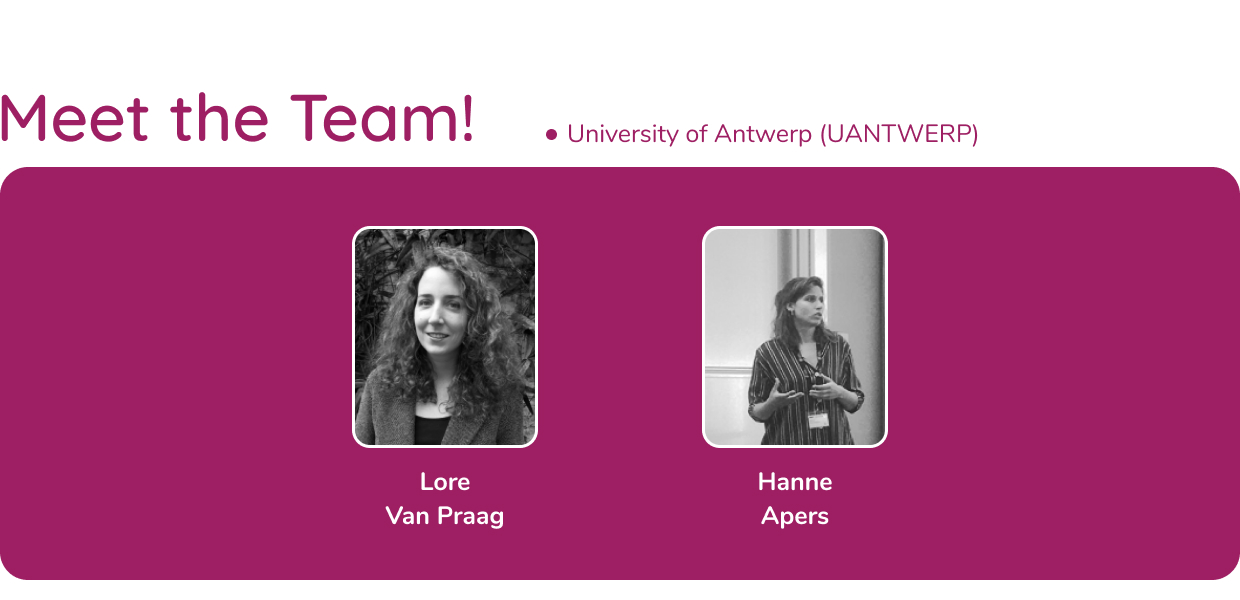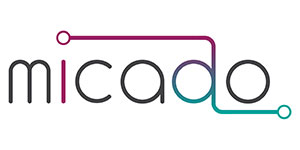
19 May Meet the Team – University of Antwerp (UANTWERPEN)
Meet the team interview
The Centre for Migration and Intercultural Studies is an interdisciplinary research center that conducts research, provides education as well as other academic services relating to migration, integration and intercultural themes in various social fields, including education, the labour market, welfare, family, health and law. Collaborating with civil society, policymakers, and other academic partners, the research center addresses the challenges arising from migration and intercultural life in today’s society.
Firstly, tell us a bit about the work you do at the University of Antwerp.
Lore: I am currently the head of the Centre for Migration and Intercultural Studies at the University of Antwerp. I supervise different research projects, such as the H2020 MICADO project, who are all related to migrant integration in immigrant societies, perceptions of migration to Europe as well as environmental migration. The Ph.D. projects I supervise focus on ethnic discrimination in secondary schools, acculturation processes in higher education, the mental health of migrant newcomers with a sub-Saharan background, and the views of migrants living in Belgium on the importance of environmental factors in their migration trajectory and aspirations to Belgium.
Hanne: I am a social scientist who joined the CeMIS-team in January 2019 to work on the MICADO-project. Since the beginning of this year (2020) I also started my PhD-project in which I focus on mental health among migrant newcomers with a sub-Saharan African background, who are currently living in Belgium.
What was your motivation to developing/working in the MICADO project?
Lore: The MICADO project is a nice opportunity to collaborate together with the municipality of Antwerp, and actually develop a tool that can facilitate the integration of migrant newcomers in Antwerp
Hanne: When I first heard about the project, I was intrigued by its large-scale, innovative approach. Out of former work experiences with different groups of migrants, I learned how complicated the integration trajectory can be. Contributing to the development of a tool that facilitates exactly this demanding stage in a migrant’s life, motivated me.
What do you think are the main challenges you will encounter during the MICADO project implementation?
Lore: The main aim of the MICADO project is very broad and contains several domains (health, education, housing and employment). It will be a challenge to realise all goals to the same extent for all domains.
Hanne: Exactly due to its large-scale and innovative approach, it will be a challenge to develop a tool that answers the – sometimes very specific – questions and needs of the different target audiences. I think MICADO will have to continuously stay in touch with the end-users, to adapt and orient the tool’s development towards their expectations.
What do you hope to achieve by the end of the project?
Lore: A nice MICADO tool that will actually be used in the future by migrants, practitioners and local integration services.
Hanne: I agree with Lore: the project will be a success if it results in a sustainable tool that is used by all its target groups, who keep on using it also after the end of the project and maybe even promote it to other community members.
What do you personally find most interesting/exciting about the project?
Lore: The experimentation with co-creative research methods as well as the interaction with technical developers in order to put academic ideas into practice.
Hanne:As an anthropologist, I find it very important that socially-oriented projects like these are grounded on the real-life needs and expectations of the target groups, and as I expressed in a few questions above: to also keep them involved throughout the whole project. In that sense, I was excited to see that this was thought of from the start of the project, through the use of co-creative methods, pilotation of the tool with the targeted end-users and multiple feedback rounds.
